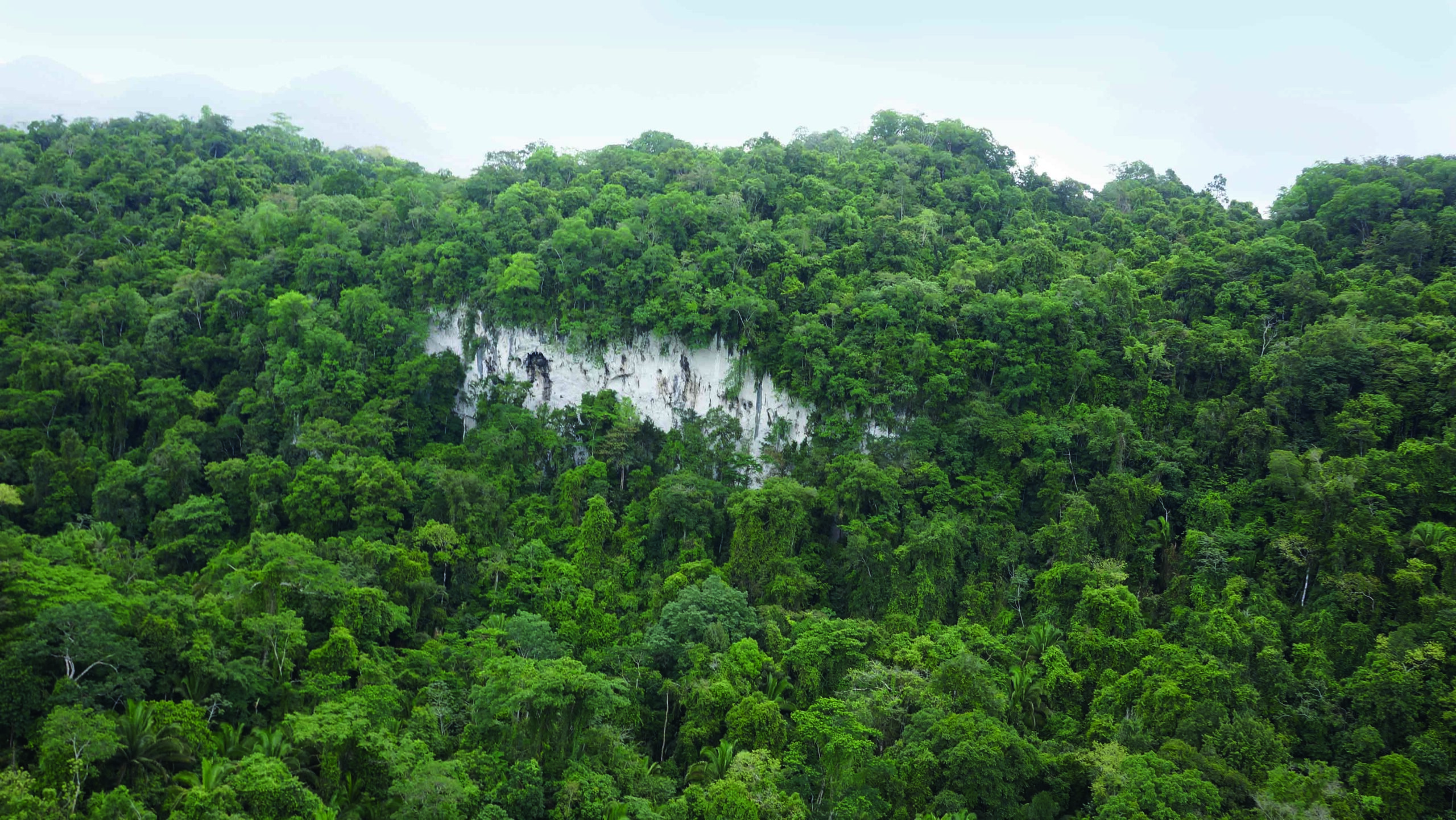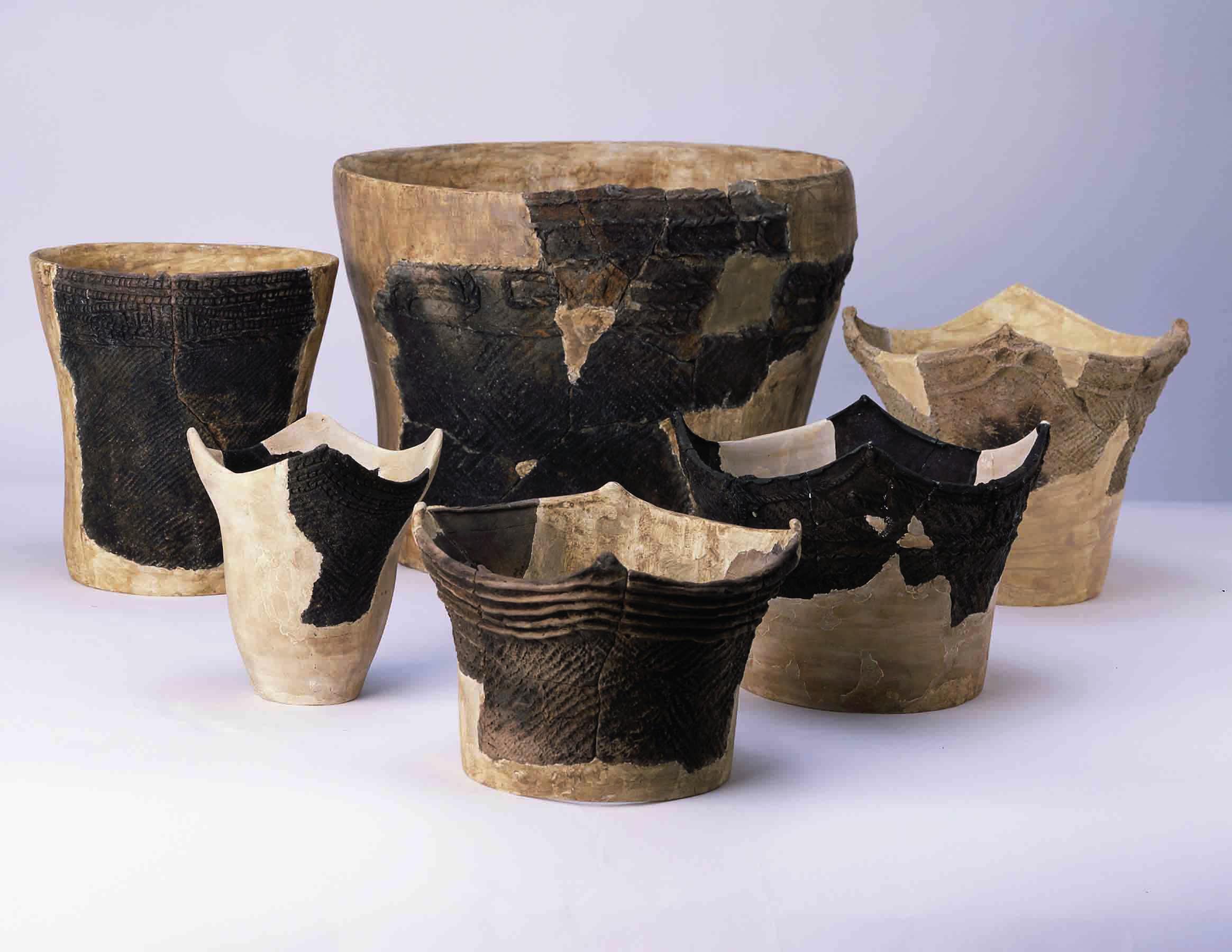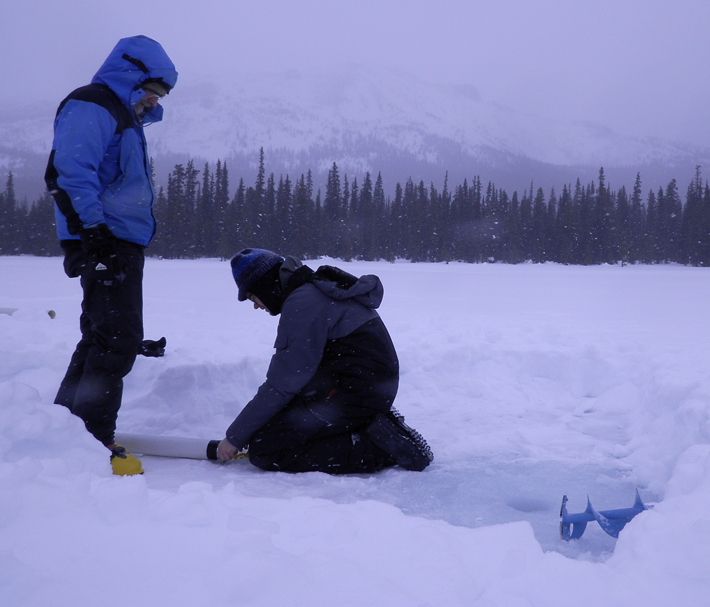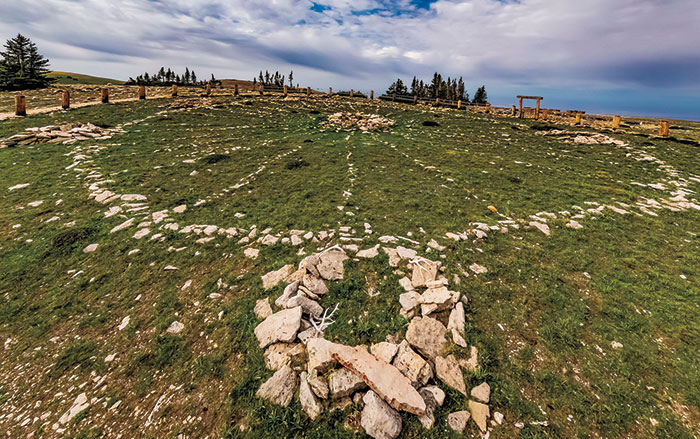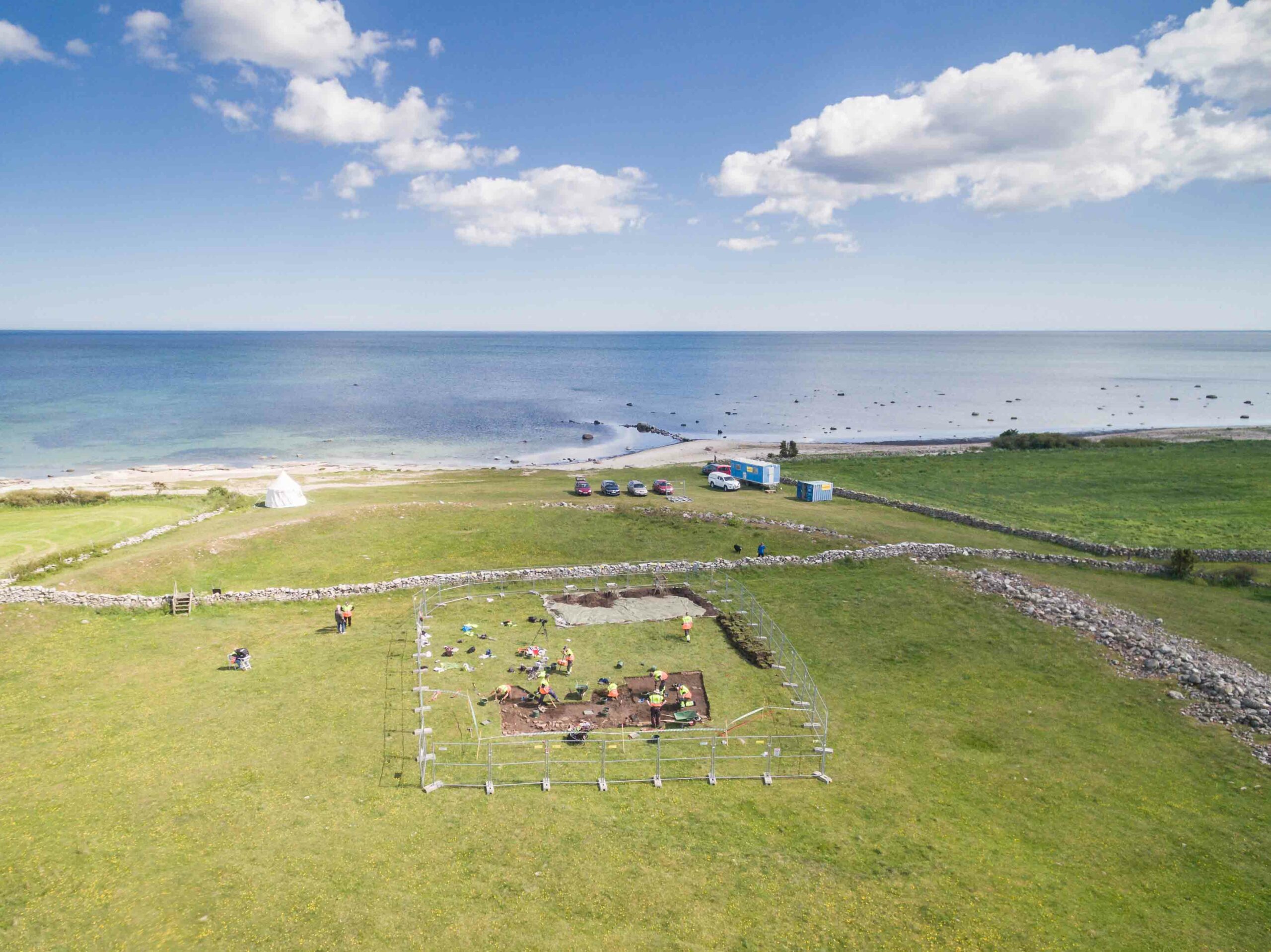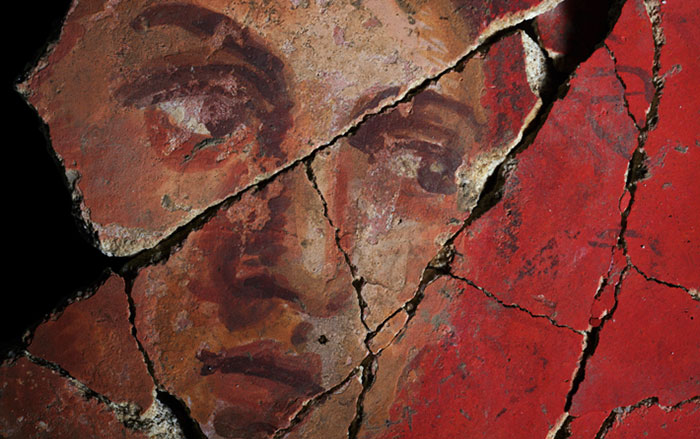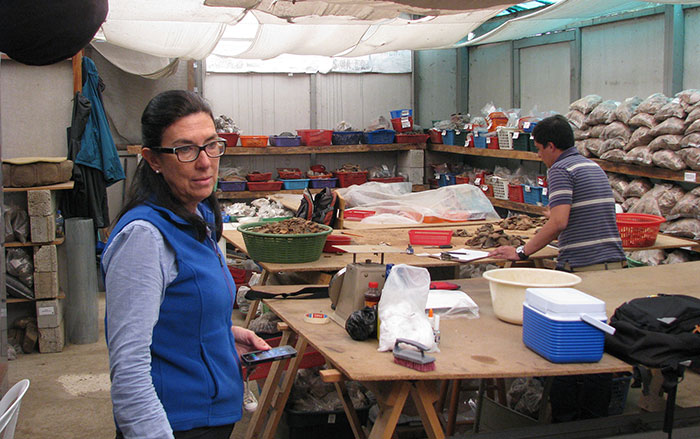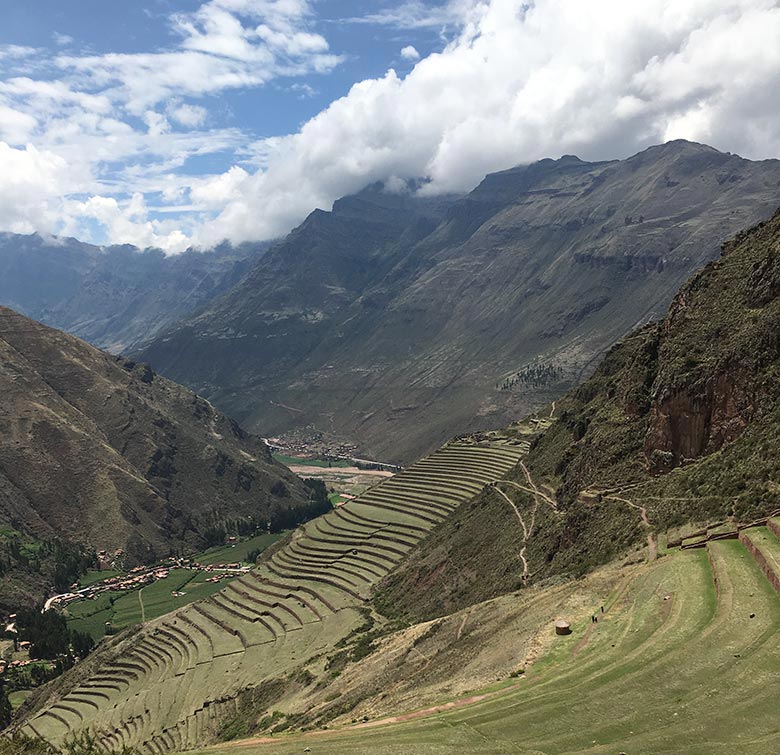
STANFORD, CALIFORNIA—A new study of the populating of South America, led by biologist Elizabeth Hadly of Stanford University, likens hunter-gathers to an “invasive species.” Hadley and her team compiled radiocarbon dates from 1,147 sites in South America to track the spread of people throughout the continent, and identified two phases of colonization. The first took place between 14,000 and 5,500 years ago, when she says the population reached about 300,000. During this period, human populations experienced “boom-and-bust cycles” as megafauna and other plant and animal species went extinct. “If we use up our resources, we will decline,” Hadly told Reuters. The population reached about a million people between 5,500 and 2,000 years ago. According to Hadly, this exponential growth in population can be attributed to the establishment of large societies that allowed people to “conquer” the environment. “Most lived in modern Peru, Ecuador, and northern Chile, as well as a smaller but substantial population of hunter-gatherers in Patagonia,” she said. To read more about the peopling of the Americas, go to "America, in the Beginning."


